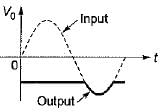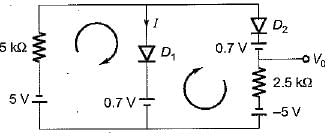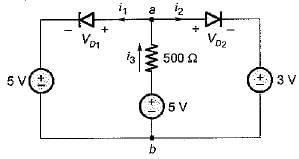Test: Diode Circuits- 2 - Electronics and Communication Engineering (ECE) MCQ
20 Questions MCQ Test - Test: Diode Circuits- 2
For the network shown below, the input swing of 30 volts is equal to the


The output voltage V0 for the circuit shown below for the given sinusoidal input signal will be represented as
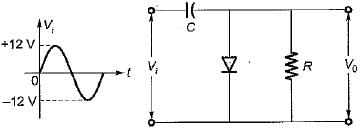

Match List-I (Circuits) with List-II (Applications) and select the correct answer using the codes given below the lists:
List-I
A. Diode comparators
B. Diode dampers
C. Astable multivibrator
D. Diode clippers
List-II
1. Slicer
2. Oscillator
3. DC level to an AC signal
4. Square wave from a sine wave
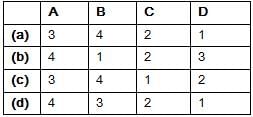
List-I
A. Diode comparators
B. Diode dampers
C. Astable multivibrator
D. Diode clippers
List-II
1. Slicer
2. Oscillator
3. DC level to an AC signal
4. Square wave from a sine wave

Assertion (A): Clipping circuit controls the shape of the waveform by clipping or removing a portion of the applied wave.
Reason (R): It needs minimum three components namely an ordinary diode, a resistor and a capacitor.
Consider the following statements associated with the diode rectifier circuits:
1. The maximum reverse voltage, which can be applied before the breakdown point is reached, is called the “peak inverse voltage”.
2. In a full-wave rectifier, the current in each of the diode flows for the whole input signal cycle.
3. The ratio of direct or average value of the output to the effective value of AC component present in the rectifier output is called the “ripple factor”.
4. Availability of low-cost silicon diodes has made bridge circuit arrangement more economical than centre trapped transformer arrangement despite its requirement of four diodes:
Q. Which of the above statements are correct?
In the Zener regulator shown below, the output requirements are 5 V, 20 mA. Iz(min) and Iz(max) are 5 mA and 80 mA, then the value of limiting resistor (R) and the load resistance (RL) will be respectively

For the zener voltage regular circuit shown below, the output voltage is required to be maintained at 5 volt with a load current of 10 mA. The zener wattage is 400 mW and input voltage is specified as 10 V ± 2 V.
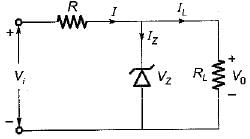
One of the possible value of series resistance R will be
The Zener diode VZ1 in the figure shown below has the reverse saturation current of 20 mA and reverse breakdown voltage of 100 V whereas the corresponding values for diode VZ2 are 40 μA and 40 V.
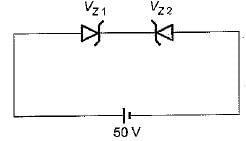
The current through the circuit is
Match List-I (Diode Circuits) with List-ll (Output-Input Characteristics) and select the correct answer using the codes given below the lists:
List-I
A. 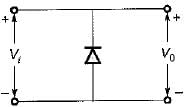
B. 
C. 
List-II
1. 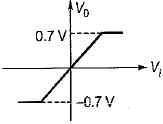
2.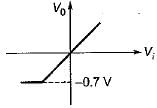
3. 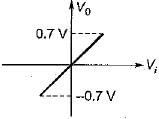
4.
Codes:

What is the output voltage of clipper circuit shown in figure below for the sinusoidal input voltage with its peak voltage of 100 V, assuming both diodes ideal?
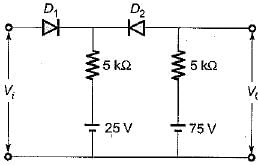
For the circuit shown below, assume that the diodes are ideal. The meter reading would be
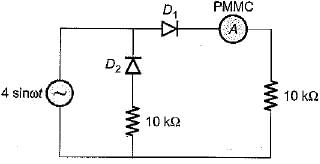
Two identical diodes, D1 and D2 are connected back to back as shown in figure below. The reverse saturation current I0 of each diode is 10-8 A and the breakdown voltage is 50 V. The voltage drop across diodes D1 and D2 will be respectively (assume kTlq = 25 mV)
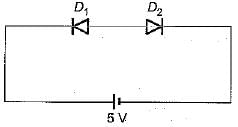
The 6 V Zener diode shown in figure has zero zener resistance and a knee current of 5 mA.
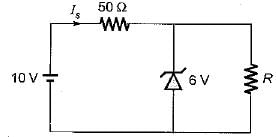
The minimum value of R so that the voltage across it does not fall below 6 V is
What are the values of V0 and I for the diode circuit shown below?
(Assume the drop across the diodes to be 0.7 V)
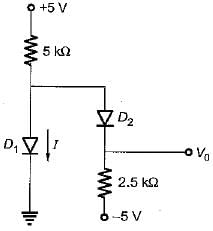
A DC power supply has no-load voltage of 30 V, and a full-load voltage of 25 V at a full-load current of 1 A. Its output resistance and load regulation, respectively, are
In the figure shown below, the diode of Op-amps are ideal. For an input Vin = sin (ωt) the output voltages V0 is

The cutin voltage for each diode in figure is Vγ = 0.6 V. Each diode current is 0.5 mA. The value of R1 R2 and R3 will be respectively
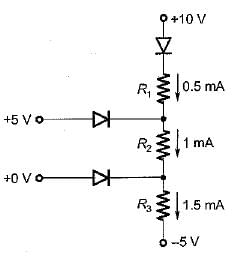
In the circuit shown below, diodes D1 and D2 are ideal. The current i1 and i2 are respectively
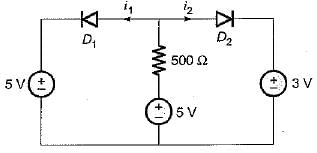


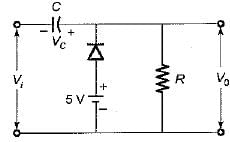
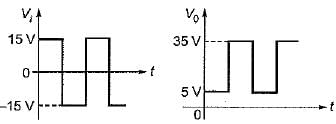
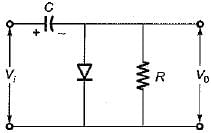
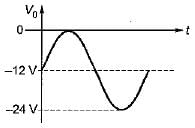

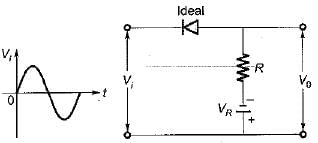
 Diode is OFF so that,
Diode is OFF so that, .
. Diode is ON so that,
Diode is ON so that,
